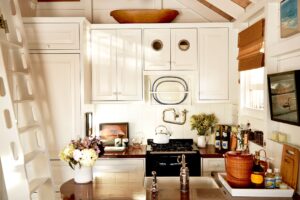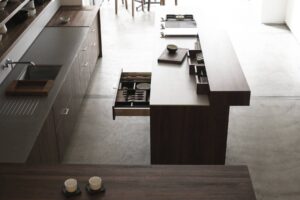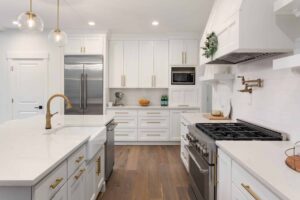The name “color matching cabinet” is not unknown to many people who work in the textile and plastics industry. As the name suggests, it provides a standardized visual assessment of color. It is used for determining color fastness in textiles and other industries. Color fastness is measured with an electronic friction tester, a highly anticipated and sought after machine in the textile market.
With the increasing use of color palettes, the textile market has experienced significant growth in recent decades. Growing fashion and color awareness among people has been a major factor driving the growth of the textile industry. In today’s world, there is a huge demand for high-quality textile products. Therefore, it is very important for manufacturers to ensure the best production process and better quality control. Cabinets with matching colors make their work easier.
A major problem facing manufacturers in the textile industry is the metamerism of fabrics. This is common because the fabric looks different under different lighting conditions. For consumers and people with color sensitivities, this can be a notable problem. Therefore, the manufacturer of the product does the work in good faith. It becomes very difficult to maintain product consistency. In this case, the device becomes the best weapon to ensure satisfactory customer service.
Color matching cabinets are used in many industries to provide a standardized environment for the evaluation, demonstration and visual evaluation of colors. It is ideal for almost any application where color consistency and quality must be maintained. It allows the user to evaluate color samples under different light sources such as incandescent light, ultraviolet light, artificial daylight and the TL 84 tube lamp (commonly known as tri-phosphor fluorescent lamp). Evaluating substances under multiple light sources is the best way to detect metamerism and determine when a sample is present with less than one light source. This is the only way to distinguish one from the other. Needless to say, color matching is recognized worldwide as the preferred choice for faster, more accurate and more accurate color matching of samples.
Color matching cabinets are used in various industries such as painting, electroplating, plastics, paper, textiles, etc. There is no better choice in the case of faster, tighter and more accurate color schemes.
The color comparison box measures the color difference between two samples.
Advanced and accurate color-matching cabinets are equipped with the most accurate light boxes for visual analysis and evaluation of fabrics, clothing, fabric, textiles, plastic, leather, etc., to check and analyze the color matching under standard light sources. The inspection method is performed in a closed environment to minimize the interference of external light.
Color matching cabin
Color-matching cabinets are widely used in the textile industry for color evaluation. These are equipped with doors. Clothing manufacturers and exporters use this to determine the perfect color combination.
The outstanding features of the color-matching cabinet:
• It is made of teak wood. Sometimes plywood and solar mica are used. The quality of these materials must meet international standards.
• It includes primary tube and fluorescent lamps for fast, accurate color assessment.
• Equipped with direct starting ballasts and energy saving tools to protect expensive and highly sensitive tube and fluorescent lamps.
• There are push button switches for start and stop.
• No heat dissipation
• Compact structure and high quality
• Not feeling warmed up
• You won’t find any movies
• The elapsed time is displayed for each light source.
• Save energy and provide efficient lighting.
How does a color palette work?
• The device offers a wide viewing area. It is equipped with multiple light sources or lamps or tube lamps to detect metamerism. The samples here are matched under a single light source. To reach its final destination and be approved, the fabric must be tested with different light sources. These light sources include artificial daylight, artificial light, fluorescent light with three phosphors, cool white light, and ultraviolet black light.
• Samples must be tested. In addition, raw samples are sent to the observation room.
• After turning on the D-65 lamp, carefully examine the original sample. This also applies to the samples to be tested.
• When the match is perfect and satisfactory, samples should be tested under TFL lamp and CWF lamp
• Naturally, the tests were performed under U.V.B light. Care must be taken to ensure that both samples are gelled
These help accurately assess, demonstrate and evaluate color differences and compare samples under different environments and conditions. When the two samples are matched under all the lights, the fabric or yarn can be dyed, printed and colored according to the needs of the industry.
• Matching color cabinet meets international standards. It can meet the color combinations required by different industries.
• Most of these products come with a warranty. This ensures a satisfying customer experience and helps you build long-lasting customer relationships.
Keeping pace with the times and adapted to the needs, cabinets with different colors have appeared on the market. At present, many well-known enterprises have begun to produce the equipment. They come with smarter features and functions due to the high level of finish in the market. When it comes time to buy, make sure you buy from a reputable company. If you buy online, you should buy branded products from a reputable e-commerce site. This saves you time, money and energy.



